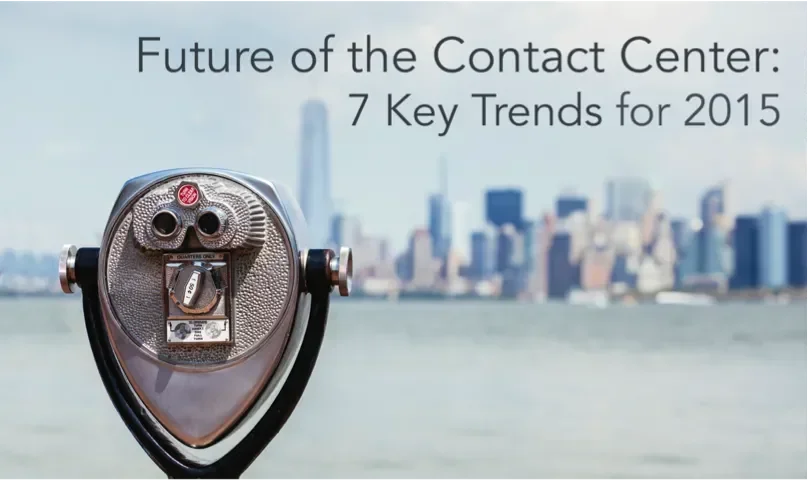
Future of the Contact Center: 7 Key Trends Driving a Massive Transformation (Part 1)
by Liz Osborn, vice president of product and solution marketing at Five9 There is no doubt that we're in the midst of a sea change when it comes to consumer behavior. New technologies have completely transformed consumer expectations and buying behavior, making it more difficult for brands to acquire new customers and earn their loyalty. Many organizations consider their contact center to be their first line of defense in the battle for consumer loyalty. In fact, the Deloitte 2013 survey of contact centers found that 62 percent of organizations view customer experience, provided through contact centers, as a competitive differentiator. Contact centers are now under pressure to adapt to the rapidly changing technology landscape and consumer expectations. There are seven key trends that will impact contact centers as they evolve to meet these shifting expectations. Part one of this blog series covers trend #1. Check back next week for part 2, which will cover trends #2 & #3. 1. Cloud contact center technology will make companies more competitive Contact centers using cloud technology will enjoy a significant competitive advantage, such as the ability to add agents and sales reps immediately, and scale back when needed. The cloud also makes it easier to address seasonal spikes; in the past, contact centers had to plan far in advance for capacity requirements for peak times. Then they were faced with having to architect, buy, build, integrate, manage and upgrade a highly complex set of on-premise contact center hardware and software technologies. Now, contact centers can work with cloud software vendors that bundle up all of the necessary capabilities and offer it as a service for one monthly fee per agent. This allows companies to be highly nimble, and extremely competitive, while still offering an excellent customer experience. Learn more about the benefits of cloud, here.


